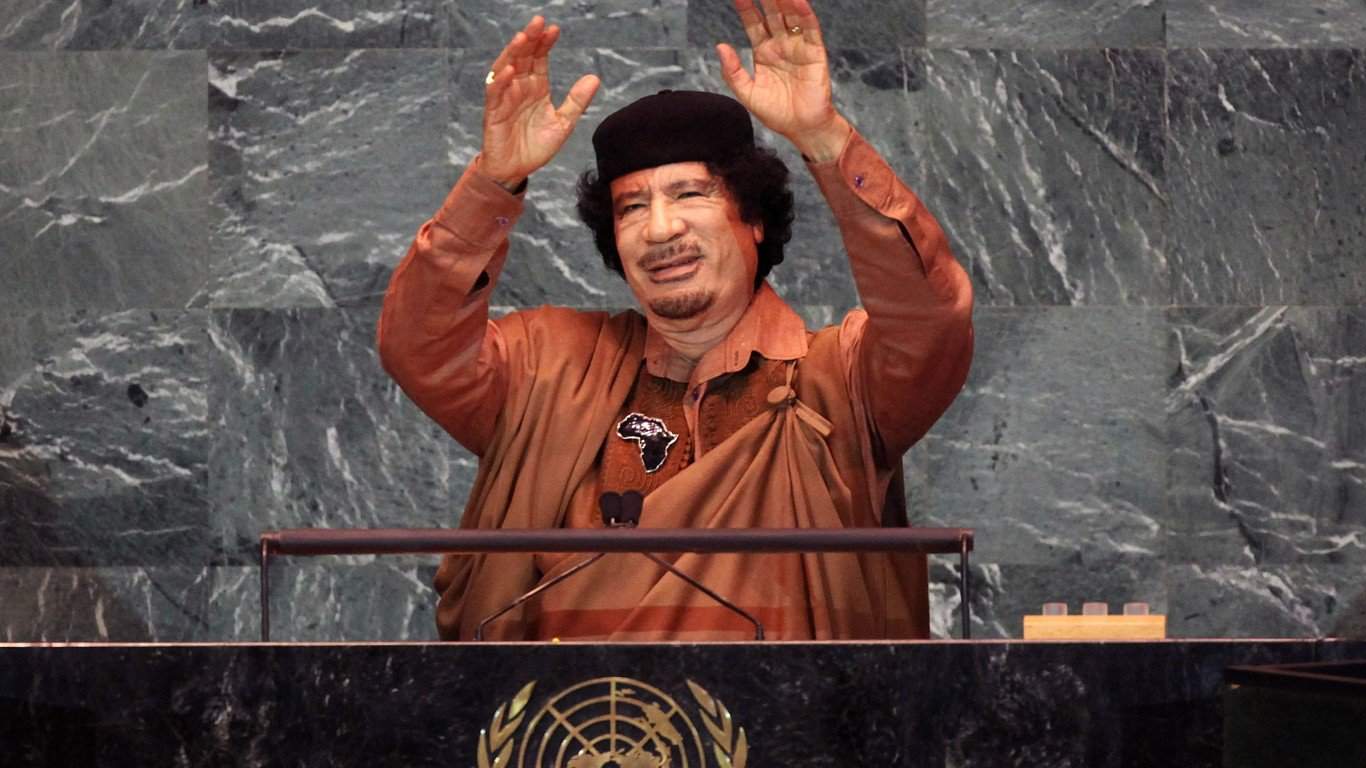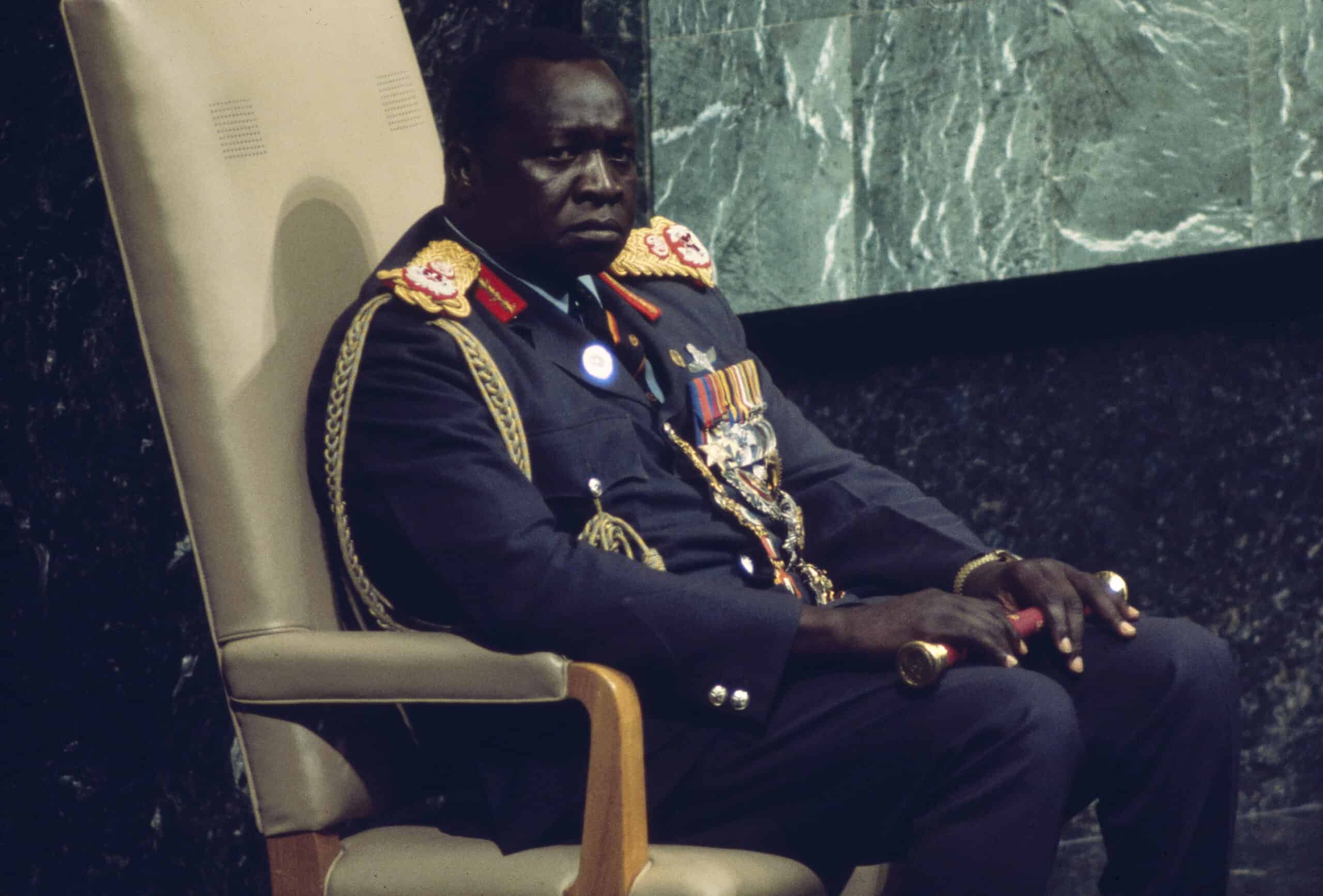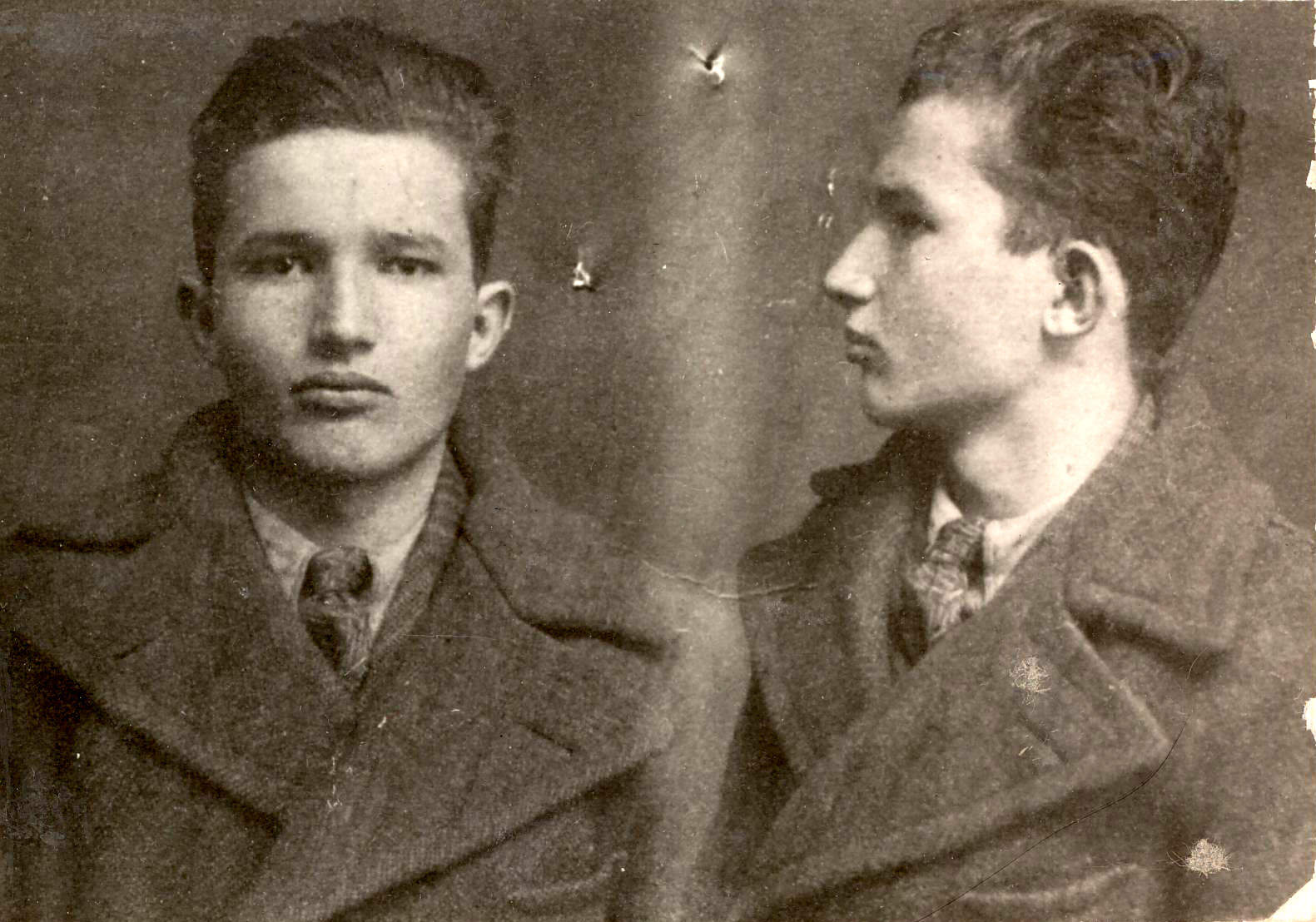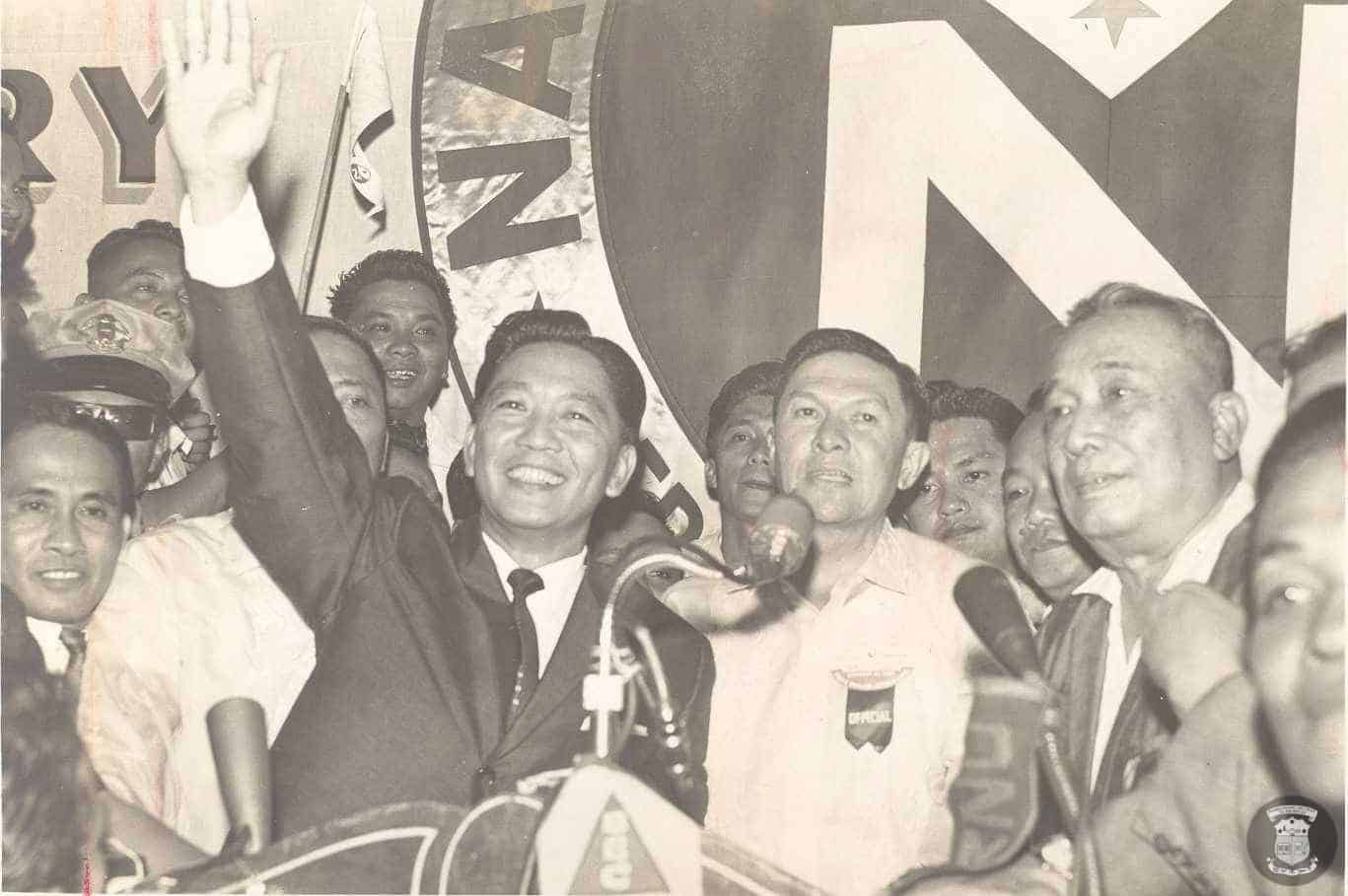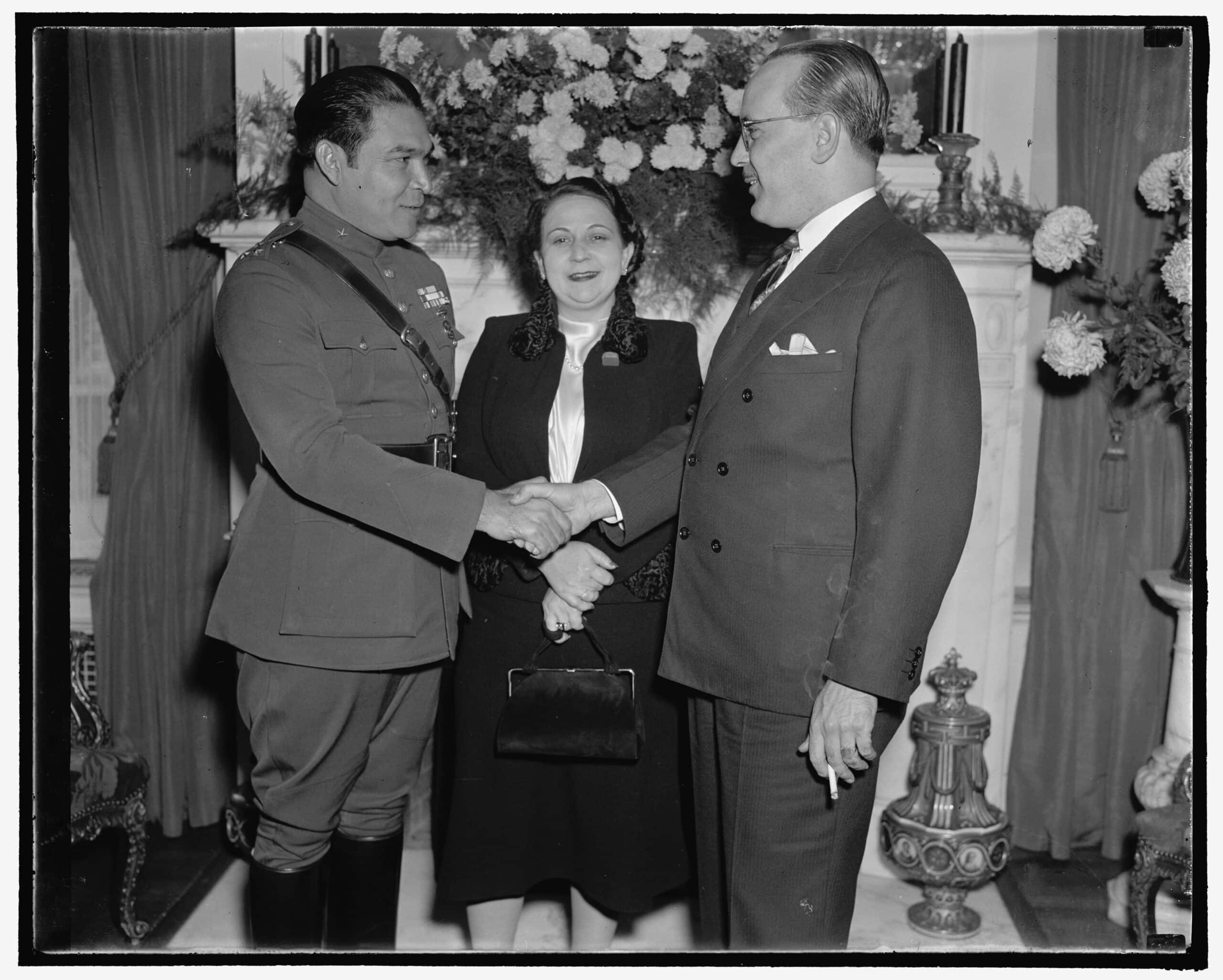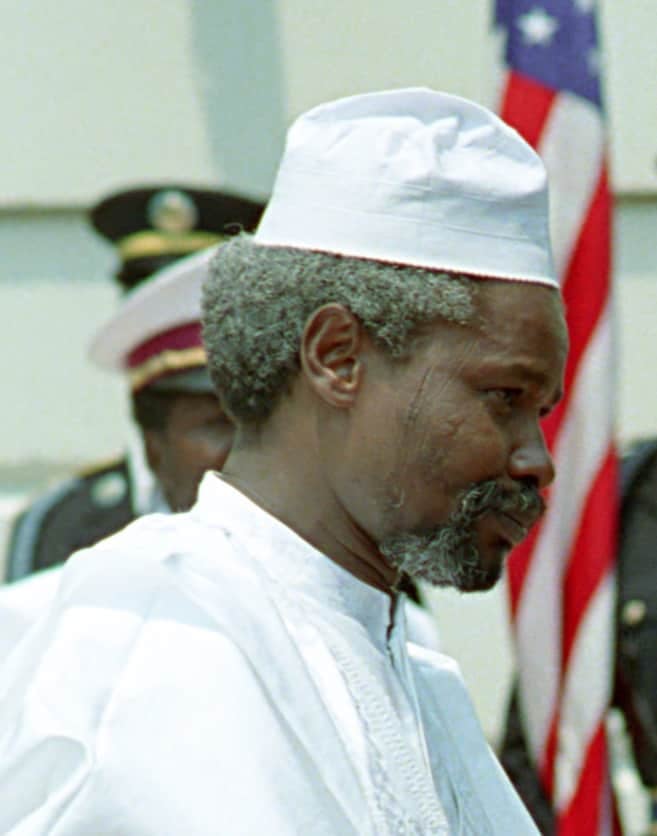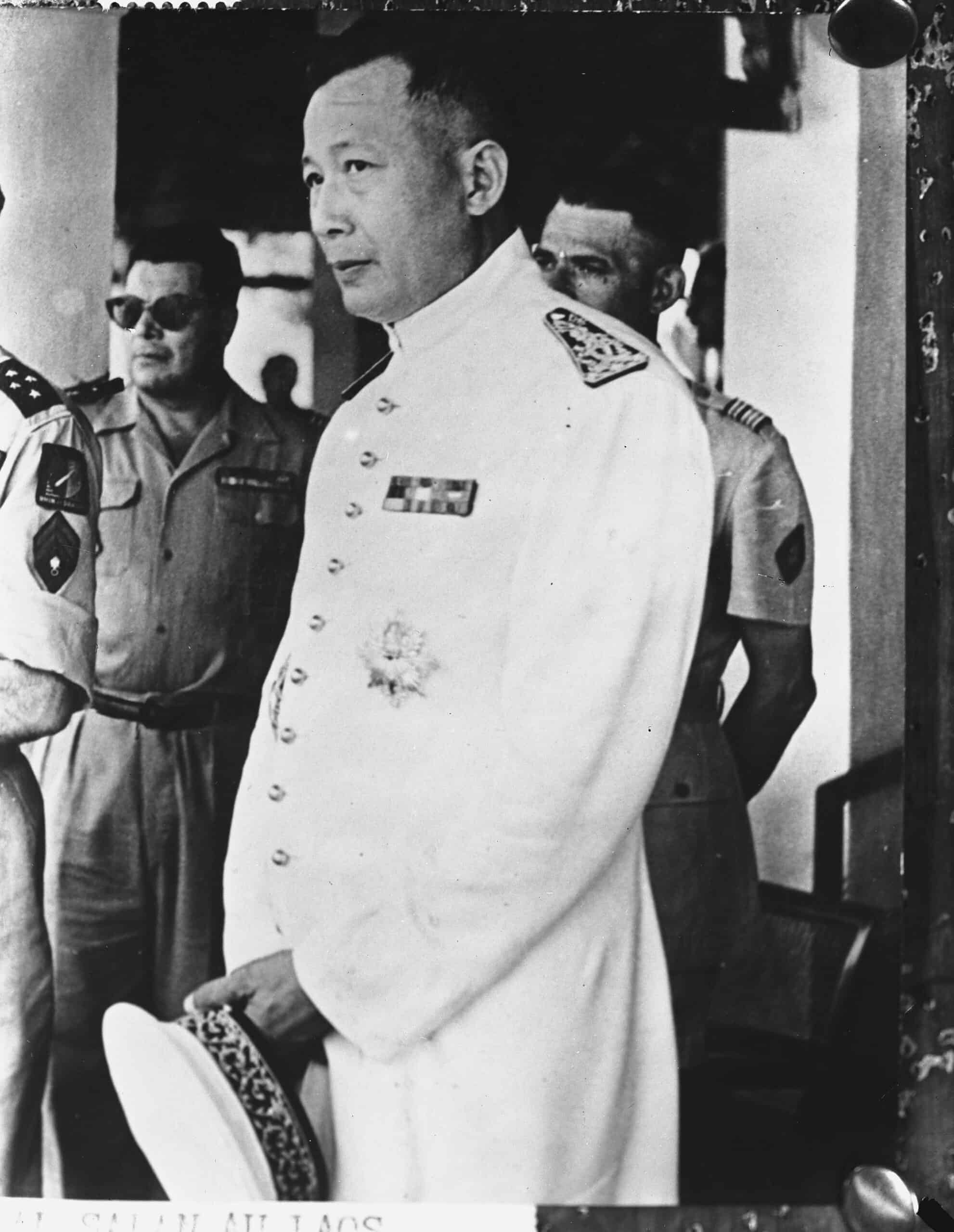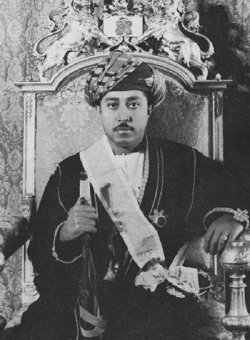The dictionary defines an autocrat as a ruler with absolute power or someone who insists on complete obedience from others. In the common parlance, however, these people are called many things. Dictators, despots, tyrants, authoritarians, and even heroes are other terms for these rulers. Since time immemorial, autocrats have taken over the rule of countries, with their power often ending by being ousted in bloody revolutions.
Much like the mafia, the thing about being an autocrat is there isn’t much of a retirement plan. Countries ruled with an iron fist are usually based on fear, not consensus. What’s more, when a ruler exercises his power through fear, there is always an angry and dispossessed populace waiting in the wings, ready to revolt.
While people like Adolf Hitler may first come to mind, there are plenty of other rulers, however, who didn’t need an international war to cripple their power. Plenty of autocrats are overthrown by their people. In this article, we will explore 10 autocrats from history who were ousted in bloody revolutions or coup d’états.
(For other leaders taken down by their populace, explore 26 rulers who were killed by their people.)
To compile a list of autocrats ousted in bloody revolutions, 24/7 Tempo consulted a range of history and news publications, including Sky History and Time Magazine. Next, we selected autocrats from a range of eras with the biggest historical impact. After that, we consulted sites like Britannica and Biography to confirm biographical information.
Muammar Gaddafi

Muammar Qaddafi, the Libyan chief of state, gives his first speech as Chairperson of the African Union in the Plenary Hall of the United Nations building in Addis Ababa, Ethiopia, during the 12th African Union Summit Feb. 2, 2009. The assembly elected Qaddafi to replace Kikwete as chair of the organization. (U.S. Navy photo by Mass Communication Specialist 2nd Class Jesse B. Awalt/Released)
One of the most well-known autocrats ousted in bloody revolutions is former Lybian leader Muammar Gaddafi. A member of the Lybian military at a young age, Gaddafi founded a revolutionary group that deposed the Lybian King, Muhammad Idris bin Muhammad al-Mahdi, as-Senussi in 1969.
Both a dictator and an Islamist, Gaddafi introduced Sharia law into the country’s legal system. Conceptually, he converted the country into a socialist state. In practice, however, Gaddafi remained the head of the military and the Revolutionary Committee. For the next few decades, he made headlines for his alleged roles in terrorist plots, the funding of foreign revolutionaries, and the nationalization of the country’s oil industry.
Though a cult of personality developed around him, the Libyan people grew fed up. During the 2011 Arab Spring, protests broke out across the country due to widespread unemployment and corruption. Soon, however, this tension devolved into civil war. In the process, the National Transitional Council militants overthrew Gaddafi and murdered him in the streets.
Mobutu Sese Seko

Secretary of Defense Caspar W. Weinberger meets with President Mobutu of Zaire in his Pentagon office, Room 3E880.
Another well-known autocrat ousted in a bloody revolution was Mobutu Sese Seko of the Congo. A politician and military officer by trade, Seko rose through the ranks while he engineered plots and coups. After he arranged for President Patrice Lumumba to be executed, Seko installed himself as leader in 1965.
From there, Seko consolidated his power through the Popular Movement of Revolution, ensuring it was the only legal political party in the Congo. He also changed the country’s name to Zaire, and a cult of personality developed around him. In the interim, he amassed a large fortune through corruption and exploitation.
With a regime intensely autocratic and retributive, it’s unsurprising that Seko didn’t last forever. Though he received widespread international support, by 1990, the country’s economy had deteriorated. Seko tried to hold onto power. However, he was overthrown by forces loyal to revolutionary Laurent-Désiré Kabila and forced into exile. He died three months later in Morrocco from prostate cancer.
Idi Amin
Another one of the autocrats ousted in bloody revolutions is Idi Amin Dada Oumee of Uganda. Starting his military career as a cook in the British Colonial Army, Amin steadily rose through the ranks until he was appointed Commander of the Ugandan Army. Sensing that then-president Milton Obote planned to arrest him for misappropriating funds, Amin staged a coup d’état in 1971.
Soon after, he declared himself president. Rather quickly, however, hints at his terror showed. In 1971, Amin expelled all Asian people from the country. Though he was appointed membership to the United Nations Commission on Human Rights in 1977, inside Uganda, he remained a true despot.
From there, Amin curried no favors with his people or nearby countries. Not only did he persecute various ethnic groups and political dissidents, but he also attempted to annex the Kagera region of neighboring Tanzania. In response, the Tanzanian president ordered his troops to invade Uganda. After capturing the capital city of Kampala, Amin was forced into exile. He finally landed in Saudia Arabia, where he lived until he died in 2003.
Nicolae Ceausescu
Another notable autocrat ousted in a bloody revolution was Romanian politician and statesman Nicolae Ceausescu. Starting his career in the Romanian Communist Party, Ceausescu rose through the ranks until he was appointed secretary of the party in 1965. Though he first set about easing press censorship and condemned the Warsaw Pact, which earned him popular support, his approach soon changed.
Soon, however, Ceausescu transformed into a true autocrat, with Romania considered one of the most repressive Eastern Bloc Countries. From there on, his security apparatus, the Securitate, conducted mass surveillance of the people and committed extreme human rights abuses. What’s more, rising debts caused Ceausescu to export much of the country’s agricultural and industrial production, further destabilizing the economy.
Though a cult of personality formed over the decades he ruled, it was not enough to stop the inevitable. When people protested in 1989, Ceausescu ordered his soldiers to open fire on the dissidents. This had an inverse effect, however, and protests spread through the country, igniting the Romanian Revolution. Though Ceausescu and his wife attempted to flee, they were quickly captured, tried, and executed on Christmas Day, 1989.
(For other historic assassinations, discover 24 assassinations that changed the course of history.)
Ferdinand Marcos
Another one of the autocrats ousted in bloody revolutions was Ferdinand Emmanuel Edralin Marcos Sr., best known as Ferdinand Marcos. He first gained political clout due to his decorated military history (which turned out to be mostly falsified). This helped him join the Philippines House of Representatives. After that, the Philippines elected him president in 1965, which would begin a nearly 20-year rule of the country.
He gained popularity in his first term through infrastructure development funded by foreign aid. This had an inverse effect, however, raising inflation and losing him popular support. Near the end of his second term, Marcos placed the country under martial law. From there, he silenced media outlets, persecuted dissidents, and conducted fraudulent referendums.
Though he continued to rule the Philipines, public outrage over his leadership and corruption led Marcos to call for a Snap Election in 1986. It was considered an utter farce, however, and it led to the People Power Revolution, which removed him from power. To avoid a bloody confrontation, Marcos and his family fled to Hawaii. It is believed that Marcos stole at least five billion dollars from the Central Bank of the Philippines during his rule.
Fulgencio Batista
Another one of the autocrats ousted in bloody revolutions was once an ouster himself, Fulgencio Batista of Cuba. He initially rose to power in the 1933 Revolt of the Sergeants. From there, Batista appointed himself leader of the army, which he used to puppet-run the country until 1940. Though he won the election, he finished his term and moved to Florida. After that, he led another military coup against the Cuban leadership.
Once again, he secured power with considerable backing from the United States. From there, Batista went full dictator, suspending the constitution and abolishing political parties, as well as other freedoms like the right to strike. Naturally, this angered the Cuban populace, so Batista used the Bureau for the Repression of Communist Activities to carry out widespread violence, torture, and repression.
As usual, however, this had the opposite effect and catalyzed the country for revolution. In stepped Fidel Castro and Che Guevara, whose 26th of July Movement rose against Batista’s government. After the government’s defeat at the Battle of Santa Clara, Batista fled to the neighboring Dominican Republic. He eventually died of a heart attack in Spain in 1973.
Hissène Habré
Though less known than previous entries, another one of the autocrats ousted in bloody revolutions was Hissène Habré of Chad. His rise to power started with his involvement with FROLINAT rebels in the first Chadian Civil War. Though he would later be appointed Minister of Defense in the new coalition government, he held onto a long-standing dispute with fellow officer and then-president of Chad, Goukouni Oueddei.
When their political alliance collapsed, Habré overthrew Oueddei and became Chad’s president. It should be noted, however, that he had extensive backing from both France and the United States. He created a one-party government, which quickly gained a reputation for extensive human rights abuses and corruption. Though he later led the country to victory in the Toyota War with Libya in 1987, his rule was short-lived.
Three years later, Habré was overthrown in a coup d’état by forces loyal to revolutionary military officer Idriss Déby. More than a decade after the fact, an international tribunal found Habré guilty of severe human rights abuses, including rape, sexual slavery, and widespread executions. He died from COVID-19 in 2021.
Mohammad Reza Pahlavi

Another famous autocrat ousted in a bloody revolution was the Iranian monarch Mohammad Reza Pahlavi. A member of the Pahlavi dynasty, Mohammad Reza Pahlavi rose to power when he succeeded his father Reza Shah in 1941. A dreamer with big plans for Iran, Pahlavi spent decades in power attempting to revitalize his country.
Considered a master statesman, Pahlavi implemented the White Revolution in 1963. This attempted to transform the country’s infrastructure and elevate it into a global powerhouse. This was successful, too, as the Iranian nation’s income rose over four hundred times its previous level. Political unrest in the 1970s, however, left Pahlavi in a precarious position.
After the Iranian military killed dozens of protesters at the Jaleh Square Massacre, Pahlavi’s hold on power weakened further. Sensing calamity, Pahlavi abdicated power and fled into exile during the first days of 1979. Having been granted political asylum by Egypt, Mohammad Reza Pahlavi died in exile there in 1980.
Sisavang Vatthana
Sisavang Vatthana was born into the Laotian royal family as the son of King Sisavang Vong and Queen Kham-Oun I. During his formative years, Vatthan was sent to France and received a Western education. So much so, however, he had forgotten how to speak Lao by the time he returned home.
After his father became ill in 1959, Vatthana acceded to the ruler of Laos without formally taking the title of King. During his rule, Vatthana spent most of his time attempting to quell political unrest caused by the Geneva Conference. This is because the conference granted Laos full independence without deciding who would be its ruler.
In 1975, however, the communist forces called Pathet Lao, or the Lao People’s Liberation Army, laid siege upon the country. After capturing all the major cities, Vatthana was forced to abdicate the throne. Since he refused to leave the country, the Pathet Lao arrested Vatthana and his family and sent them to a re-education camp. A few years later, Vatthana died, either from malaria or starvation.
Jamshid bin Abdullah of Zanzibar
Another less-known but notable autocrat ousted in a bloody revolution was Jamshid bin Abdullah of Zanzibar. Born into the royal family of Zanzibar, Abdullah rose to power in 1963. Only a few months later, however, England gave up its British Protectorate of the country, leaving Zanzibar responsible for its defense.
Without protection from the British Commonwealth, however, the country soon fell into turmoil. With an Arab minority in power over a majority African population, things came to a head in 1964, kicking off the Zanzibar revolution. Angered by their lack of political purchase in parliament, the African Afro-Shirazi Party coalesced troops and overran the country’s police force.
Soon, Abdullah was overthrown by the African majority and, along with his family, forced into exile. He first attempted to stay in Oman but was pressured to move to the safer United Kingdom. Though his family was allowed to stay in Oman, the country continually rebuked Abdullah’s requests to join them.
(Looking to learn more about bloody leaders? Discover the most ruthless rulers in history.)
